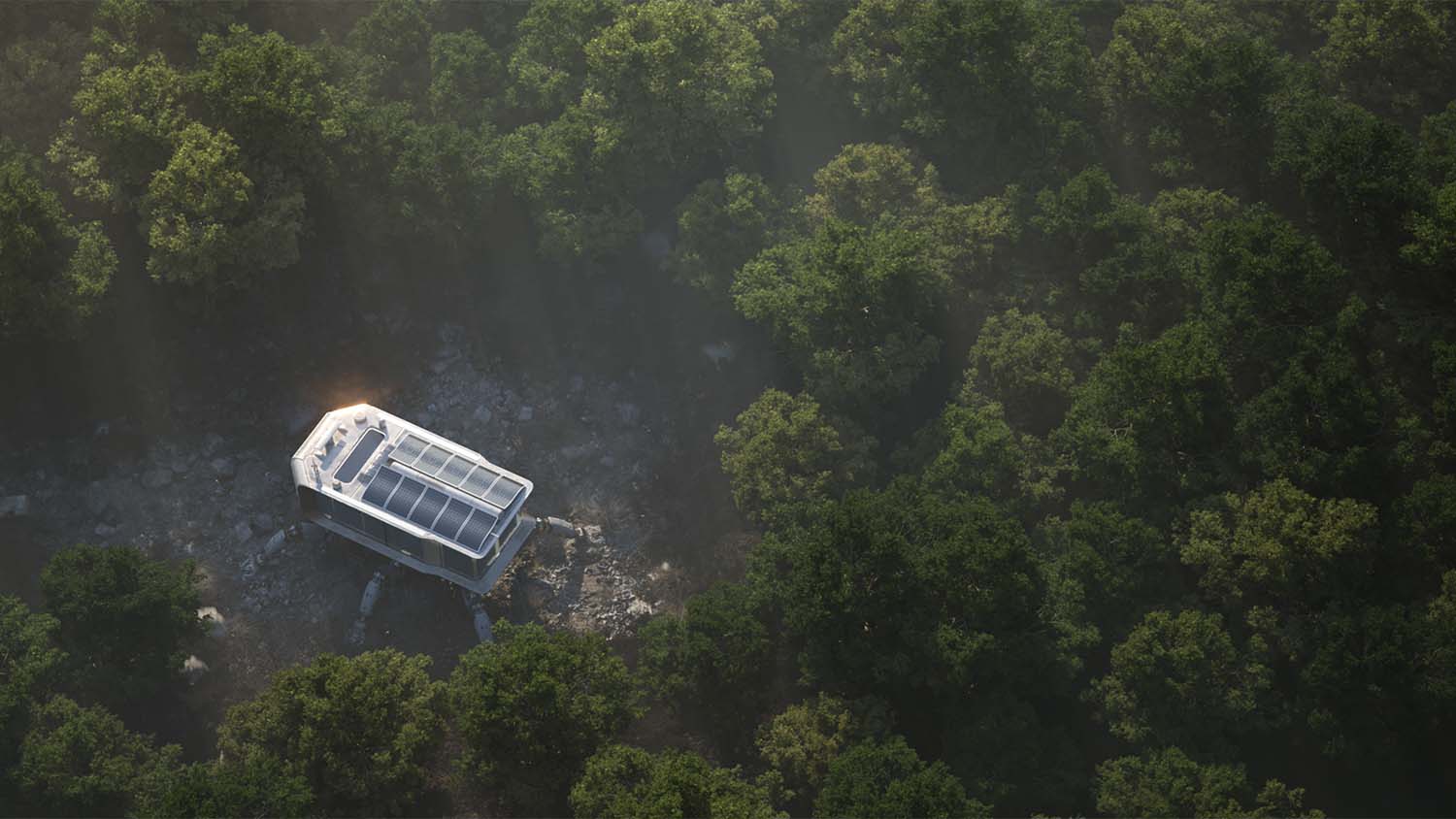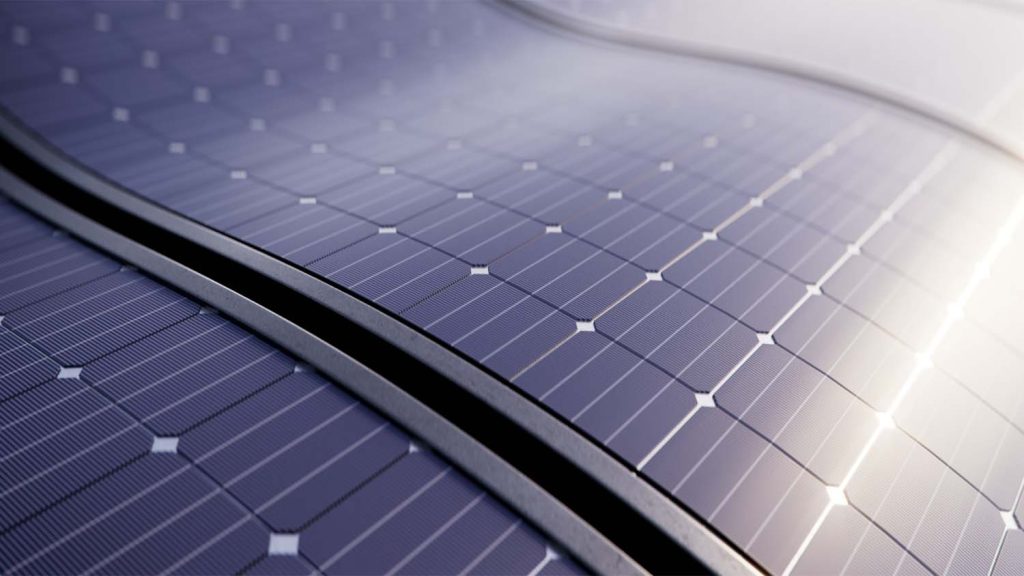V-Ray 6 for 3ds Max has been released by Chaos, with the photorealistic renderer giving users new tools within the software to limit reliance on third-party plugins.
Billed by Chaos as being a ‘major upgrade’, the release has a long list of new and upgraded features, topped by the new Chaos Scatter tool that enables users to populate scenes with millions of 3D objects to produce natural-looking landscapes and environments without having to make individual adjustments by hand.
Chaos says that objects can now be distributed, spaced and randomised with a system that is built to conserve memory, even more so when used with V-Ray Proxy objects that only load at render time. To help users get started with Chaos Scatter, there are free 3D models and scatter presets available in the Chaos Cosmos content library.
New procedural clouds, built on technology from Enscape, have been added to the V-Ray Sun and Sky system, so users can create custom skies that simulate a variety of cloud types and weather conditions, from partly cloudy to overcast.
When the clouds are ray traced with V-Ray, they can respond accurately to lights, shadows and volumetric effects, rendering them as realistic as possible. Procedural clouds can also be animated to create dynamic time-lapse skies and streaming streaks of sunlight.
VRayEnmesh is a powerful new tool in V-Ray 6 that tiles patterns of 3D geometry across objects to create complex surfaces at high detail. Because the surfaces are created with full 3D geometry it can be ideal for making intricate panels, fences and fabrics that can be viewed at close range. VRayEnmesh can generate huge amounts of geometry at render time, without bogging down scene performance.
V-Ray 6 for 3ds Max also incorporates a free Chaos Cloud Collaboration service that shares images from V-Ray to Chaos Cloud. Clients, team members and other stakeholders can now easily review, markup and comment at any time, streamlining the process for everyone involved in the project.

Other new features in V-Ray 6 for 3ds Max include:
Upgraded V-Ray Frame Buffer – An improved V-Ray Frame Buffer includes a 360° panorama viewer, a flip composition button, helpful composition guides and the option to share renders via Chaos Cloud.
Improved dome light – A new Finite mode lets users specify the height and radius of a dome light. Dome light ground projections are also improved with full control over blend settings.
More accurate reflective materials – Metals and rough reflective surfaces are rendered more accurately using a new energy compensation method.
Thin-film materials – A new thin-film layer in the V-Ray Material helps users create iridescent materials like soap bubbles and oil spills.
Improved subsurface scattering – Subsurface scattering in the V-Ray Material renders faster, and low-polygon translucent objects render smoother.
Decal displacements – VRayDecal can now project displacement maps onto any surface to add realism to cracks, rocks, embossed details and more.
Batch loading of multi-sub textures – Multiple textures can now be added to the VRayMultiSubTex map all at once.
Improved UI – Material and texture interfaces are now faster for a smoother experience.
V-Ray Proxy hierarchy – Through a new hierarchy view, users can control object visibility and material overrides within a V-Ray Proxy.
V-Ray GPU Improvements – Supports nearly all new V-Ray 6 features and enables faster Light Cache and a new Device Selector to assign processors to tasks.
V-Ray 6 for 3ds Max is available now with licenses beginning from $466.80 per year, with a wide range of subscription and time options.






